Originally from Eurasia, common periwinkle was introduced from Europe in the 1700s for its fast, dense coverage as a trailing evergreen groundcover. Common periwinkle is a plant so ubiquitous that reference to the lovely blue flower colour is used in common jargon. The purple, blue to white 5-petalled flowers are 20-30 mm wide, blooming in late spring and early summer. The cylindrical seed pods are 3-5 cm long. The leaves are 3-9 cm long, glossy, dark green, and egg-shaped, growing on long evergreen stems.
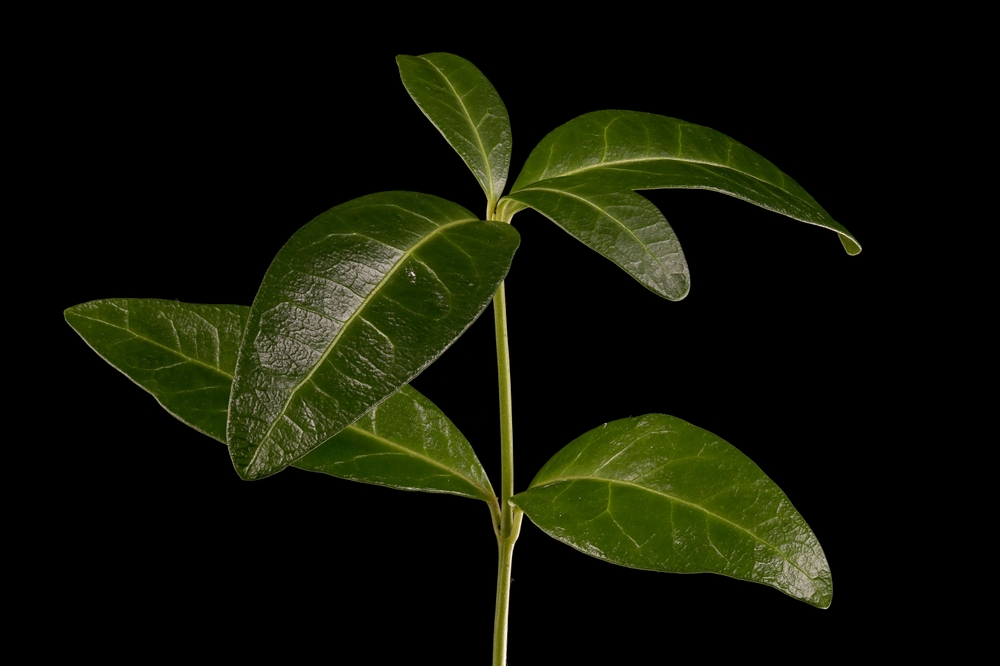
Unfortunately, this plant has since escaped gardens and spread throughout B.C.’s forest understories, choking out native plant species. Preferring shaded, moist conditions along streambeds, but tolerant of dry, poor soils, common periwinkle has become a popular choice for garden areas with these conditions.
In B.C., periwinkle is common in lowland areas, roadsides, and waste places on Vancouver Island, the Gulf Islands, and the Lower Mainland. It reproduces successfully from seed and vegetatively by rooting at nodes along the stems.
Big leaf periwinkle (Vinca major) is also invasive and virtually identical but with larger leaves, flowers, and seed pods.
Removal
Mechanical control involves digging out each plant by tracing the trailing stems back to their rooting centre and digging out the roots. Do not pull and snap off the stems, as they will only grow back. I nearly broke my back pulling this out of my inherited garden bed, but it has not returned; proof that it is possible to get this plant out of your garden! It is also possible to smother the plants with a black plastic tarp for 4-6 months, but keep an eye out after tarp removal to ensure they do not re-sprout.
Plant These Instead
Evergreen Violet or Yellow Trailing Violet (Viola sempervirens)

This prostrate woodland violet grows 8 cm in height with yellow flowers and heart-shaped leaves. It grows best in moist forest conditions. The flower has a short spur which is attractive to bumble bees. According to Pojar and MacKinnon in Plants of the Pacific Northwest, violets are designed to attract pollinators with ‘honey guides’, which are marks on the lower petals that guide pollinators to the mouth of the nectary. The nectary has two modified stamens which the pollinator inadvertently bumps and acquires pollen, before having a sip of nectar. Additionally, the lower petals or ‘beards’ of violets act as combs which remove any pollen already present on the bees as they pass. Long spurred violets evolved for the long tongues of butterflies.
This plant may not be widely available in conventional nurseries, but it’s worth asking about. Please do not dig it up from the wild, our natural areas are public spaces for all to enjoy. Growing our wild plants from seed or cutting is the only sustainable way for everyone to enjoy them, plus we want to support our local nurseries.
Wild Ginger (Asarum caudatum)
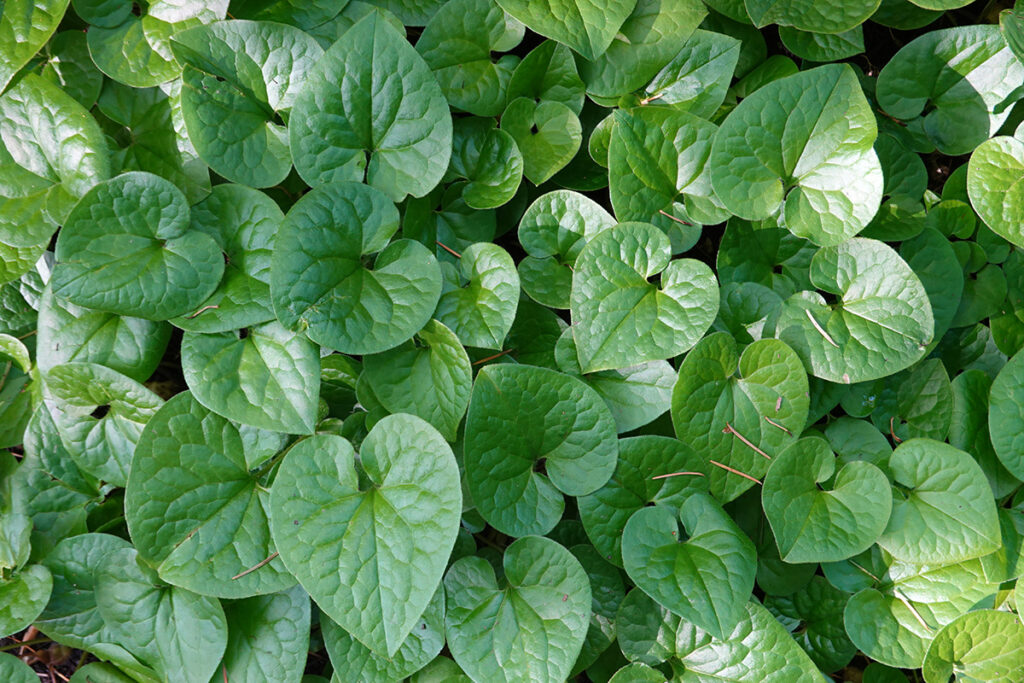

Wild ginger is an evergreen perennial groundcover, which can form large mats through its trailing stems and extensive rhizomes; it’s ideal for moist shady conditions. The leaves can be heart or kidney shaped, and are a lovely deep green with a delicious scent of lemon-ginger! The rather unusually shaped flowers with long spurs are brownish-purple in colour and are hidden under the leaves. The flowers produce seeds with fleshy appendages; ants take these to their nests, where they eat the appendages and release the seeds into the soil. Thus, wild ginger relies on ants for seed spreading and planting. Although wild ginger will tolerate some sun and drier conditions, it will not thrive. This plant is a delightful, year-round, evergreen groundcover for a moist forested area; rich in texture and worth having.
Small-flowered Alumroot (Heuchera micrantha)

A member of the Saxifrage family, small-flowered alumroot is one of our native Heucheras; it is a smaller and more understated version of smooth alumroot (H. glabra). Although these two plants share similar growing conditions and ranges, H. glabra’s range extends further north up the B.C. coast, in while H. micrantha’s range extends further south into Oregon and beyond. Small-flowered alumroot, also known as crevice alumroot, enjoys streambanks and rocky cliffs and is ideal for rock gardens, open forest glades and sunny wild gardens, with its long inflorescences 15-60 cm (1-2‘) in height. The flowers are small, white, and numerous in open clusters. The large basal rosettes are made up of rounded or scalloped leaves with five lobes and coarsely sharp-toothed edges.
It is interesting to note that our native alumroots are closely related to the cultivated Mexican ‘coral bells’ (H. sanguinea) which are widely available at conventional nurseries. Small-flowered alumroot is available at Fraser’s Thimble Farms nursery and Satinflower Nursery.
Other Alternatives
- Bunchberry
- False Lily of the Valley
- Wood Sorrel
- Piggyback Plant
- Sarcococca (non-native Sweet Box)
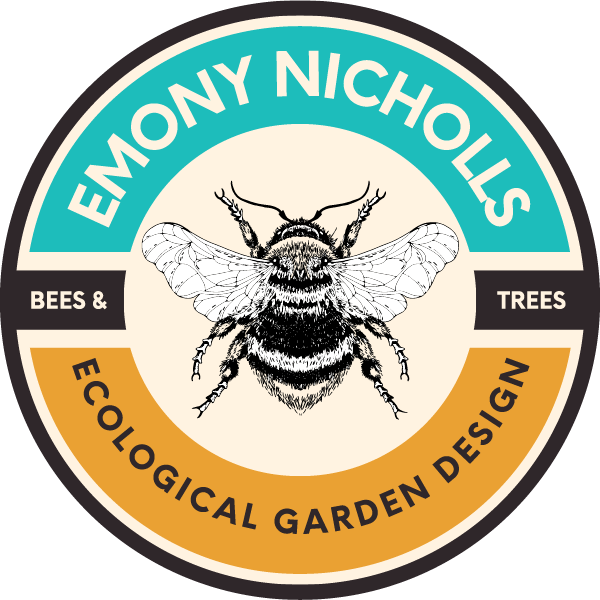
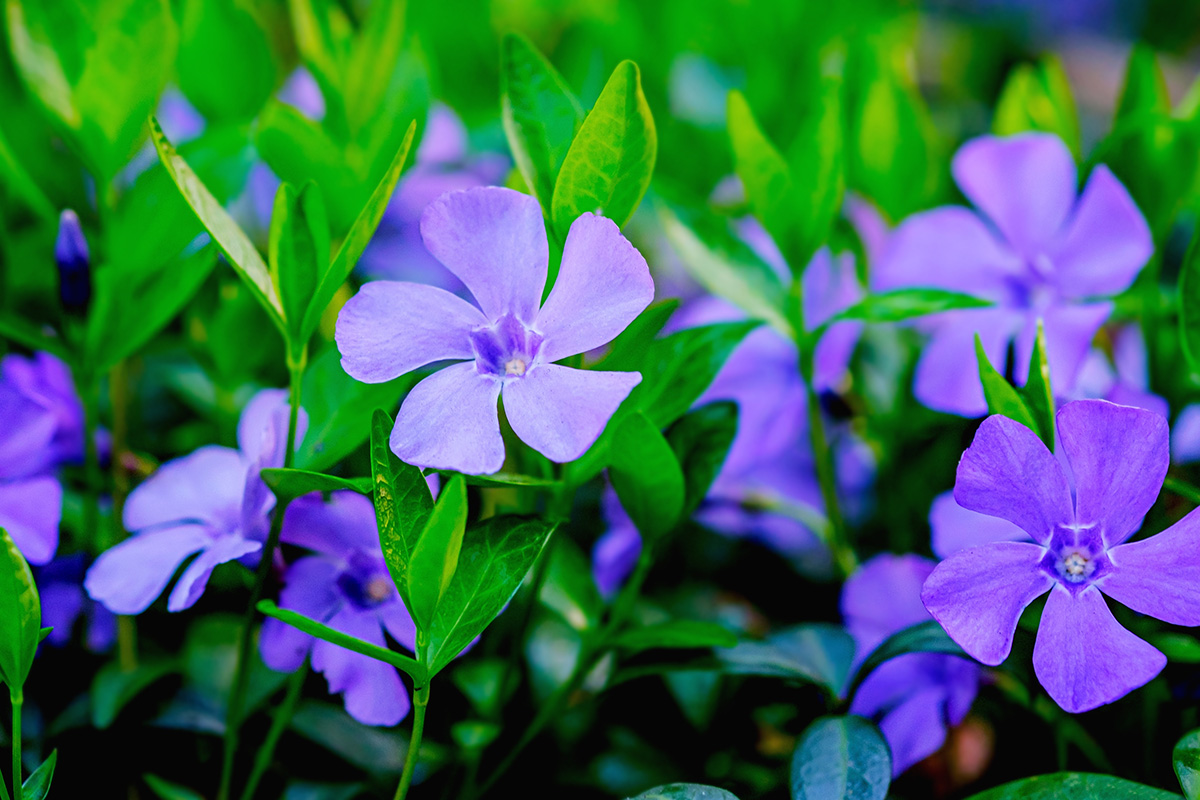


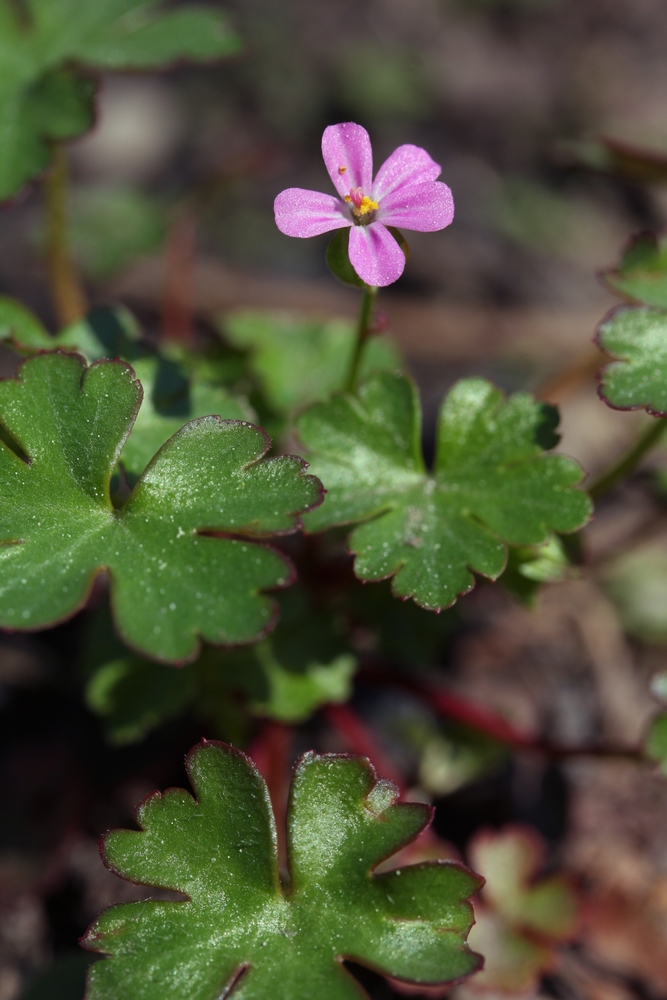
Leave a Reply